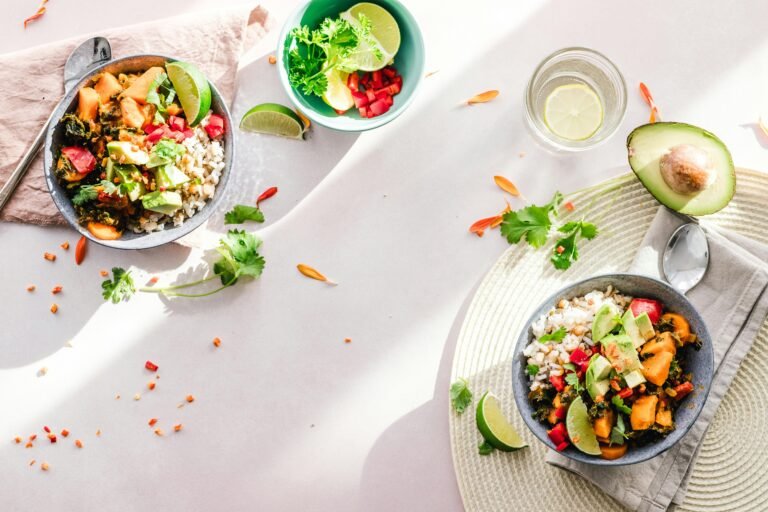Uric acid
Uric acid, hyperuricemia or gout is the name by which high levels of urates in the blood are known , produced, among other reasons, by a high consumption of purines.
With today’s post I want to explain what this disease consists of, also secondary to overweight and obesity , and how to treat it through diet, since, lately, there are many who come to me with it.
Table of Contents
- 1 What is uric acid, what are its symptoms and causes
- 1.1 Amount of purines in food
- 1.2 Nutritional recommendations for high uric acid levels
What is uric acid, what are its symptoms and causes
As I have already said, hyperuricemia consists of having high uric acid in the blood. The most feared symptom of this disease is the attack of gout , which occurs when uric acid is deposited in the joints. Gout causes extremely high pain that should be avoided as much as possible. As the body is very wise, it tries to move that acid away from the vital organs and for this it accumulates it in the form of “Tophi” in the joints of the toes and / or hands, triggering gout . The drop is very painful because that, being produced by an acid, an internal burn occur
The natural route of uric acid elimination is through the urine, but this is very poor. It is for this reason that an excess of uric acid instead of being eliminated remains in the blood causing hyperuricemia. The amount of uric acid that can remain circulating in the blood is limited. This is when two very common problems can appear:
- The crystallization of uric acid in the urine forming “kidney stones”.
- The deposition of uric acid in the joints in the form of Tophi, which can trigger an attack of gout.
I have already mentioned before that one of the reasons why we can have high uric acid is food (high consumption of purines), which would be the exogenous factor. It can also be caused by an endogenous factor, which is manufactured by our own body. Another factor is hereditary.
Amount of purines in food
We must avoid those that contain more quantity:
800-150 mg / 100 g. of food: viscera, pâtés, sausages, small blue fish (eaten whole), shellfish (in the viscera, heads …).
- 150-70 mg / 100 g. of food: red and game meats, beans, lentils, large blue fish.
- 70-50 mg / 100 g. of food: white meat (the one that contains the least purines is rabbit), the rest of legumes not named above (chickpeas, white beans, soybeans, peas), cauliflower, asparagus, spinach and mushrooms.
- 50-0 mg / 100 g. of food: dairy, the rest of vegetables not named above, tubers, roots, refined cereals (without germ), fruits.
Nutritional recommendations for high uric acid levels
- In the case of fruits, it should not be abused (take a maximum of 1 piece a day), since the sugar it contains, fructose, is transformed into xanthine (a purine) when it is metabolized by the body.
- Cooking and food preparation is also important. Purines are soluble in water. What does this mean? What can reduce the purine content of foods if they are cut small, soaked and boiled with a lot of water. On the contrary, it is necessary to avoid taking broths made with fish or meat, since the purines will have passed into the water.
- Diet water and fluid intake should be increased to 2-2.5 liters / day . Drinking infusions and natural carbonated waters are good options that can help you reach these amounts.
- Maintaining a correct weight and avoiding obesity is also of great help, since the smaller the body, the less uric acid it produces endogenously (the body itself).
- Fasting should be avoided , meals distributed well throughout the day, and eating a minimum of 3 main meals.
- Consuming algae and nuts on a regular basis is highly recommended for people suffering from hyperuricemia.
- You should try to eat a diet rich in calcium (minimum 1000 mg / day) to avoid the formation of uric acid kidney stones.
- Moderate the consumption of salt from the diet or even eliminate it completely to increase diuresis.
- It is essential to eliminate alcohol from the diet.




















+ There are no comments
Add yours